Ivy makes it easy to make at home an alternative to conventional laundry detergents, which are generally made from polluting petrochemical products. The plant naturally contains saponin in its leaves, a surfactant secreted to deter pests and pests. It therefore has the advantage of offering detergent and foaming properties while being biodegradable.
Natural, ecological, economical and zero-waste, this laundry detergent has many advantages. Here’s how to make your own ivy-based vegetable detergent.
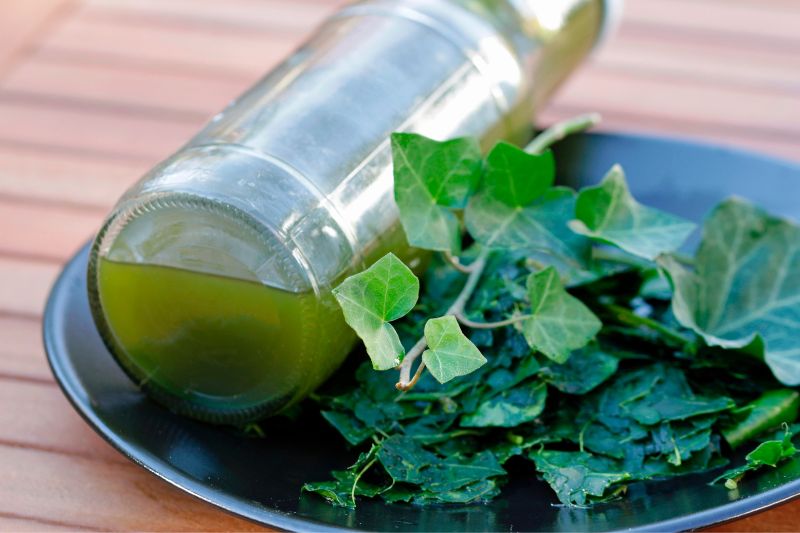
Harvesting ivy
Ivy foliage being evergreen, it can in theory be harvested year-round. Spring and autumn remain the best seasons for harvest: the plant then suffers neither summer heat and drought nor winter cold.
Leaves of common ivy (Hedera helix) are used to make this laundry recipe. You can choose either triangular leaves or ovate leaves.
Ivy berries are toxic and the plant can be allergenic, so we recommend wearing gloves when harvesting to avoid any direct contact with skin. Use scissors or pruning shears to cut the leaves.
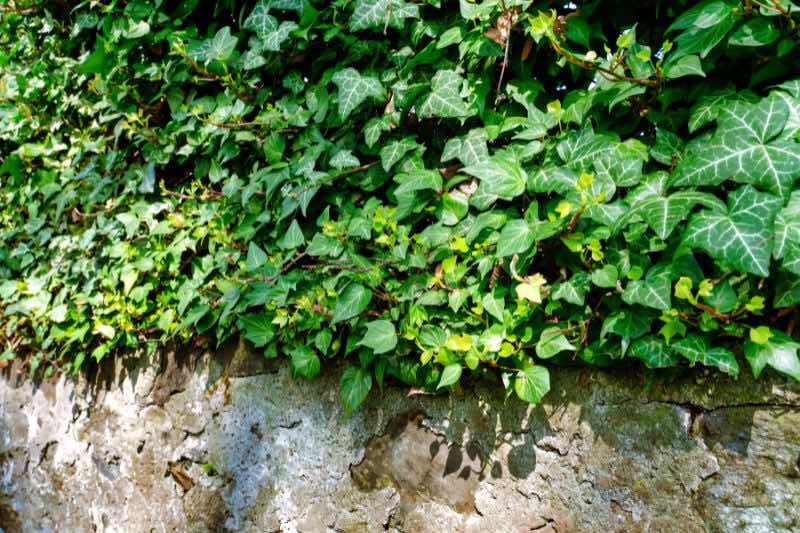
Recipe for natural ivy laundry detergent
Step-by-step preparation tutorial
- Clean harvested ivy leaves with clear water to remove any insects or impurities.
- Roughly chop these leaves to release saponin more easily.
- Place them in a saucepan, add water and cover with the lid.
- Heat to boiling, then simmer for about twenty minutes (this makes a decoction).
- Remove from heat and let rest for about 24 hours.
- Strain using a skimmer or a fine cloth, then pour into an airtight, sealable container (preferably glass).
You will obtain a liquid ranging from green to brown with a slightly vegetal smell. The detergent will keep for about a month away from heat (in summer, store in the fridge if needed). If the detergent changes appearance or smell, it is a sign it has started fermenting: do not use it.
Leaves of ivy used in the preparation can be added to compost, so this recipe generates no waste.
Precautions
We recommend choosing equipment that will remain dedicated to making household products and will not be reused for food.
Avoid contact with eyes during preparation and wear gloves throughout the process, especially if you have sensitive skin.
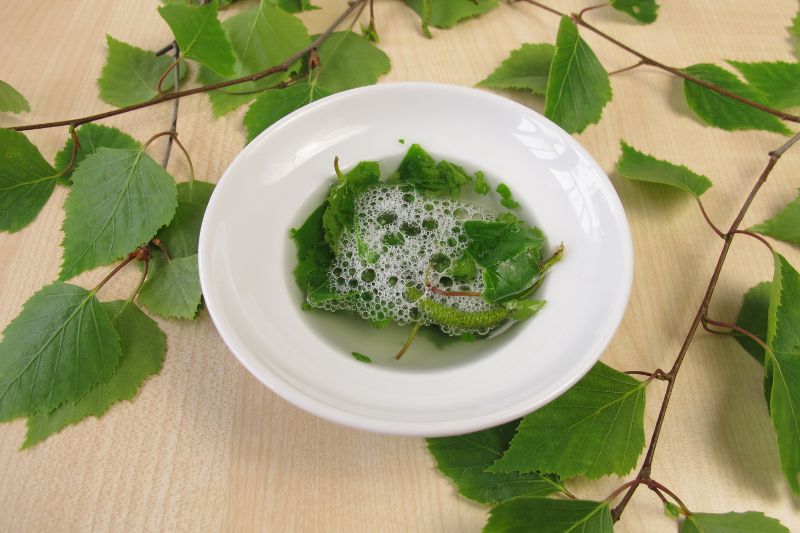
Using ivy laundry detergent to wash laundry
Ivy laundry detergent can be used to wash most lightly soiled textiles. Note that it may tend to yellow white fabrics. To limit this, add one tablespoon of sodium percarbonate to the washing drum (effective from 40°C).
For dosing, use about one-and-a-half to twice the quantity compared with a conventional detergent. Our natural detergent is indeed less concentrated in cleaning agents.
Ivy detergent has no stain-removing power: pre-treat stains on clothing and household linen before washing, for example using Marseille soap.
To improve cleaning properties, you can add one tablespoon of bicarbonate or washing soda to the machine before washing.
In addition, add half a cup of white vinegar to the fabric softener compartment to counteract limescale present in the water supply.
Ivy detergent leaves no scent on laundry. You can optionally add 2–3 drops of lavender or tea-tree essential oil for their sanitising and antiseptic properties, but they will not perfume laundry once dry.
Note: ivy detergent may be allergenic and is not recommended for people with sensitive skin.
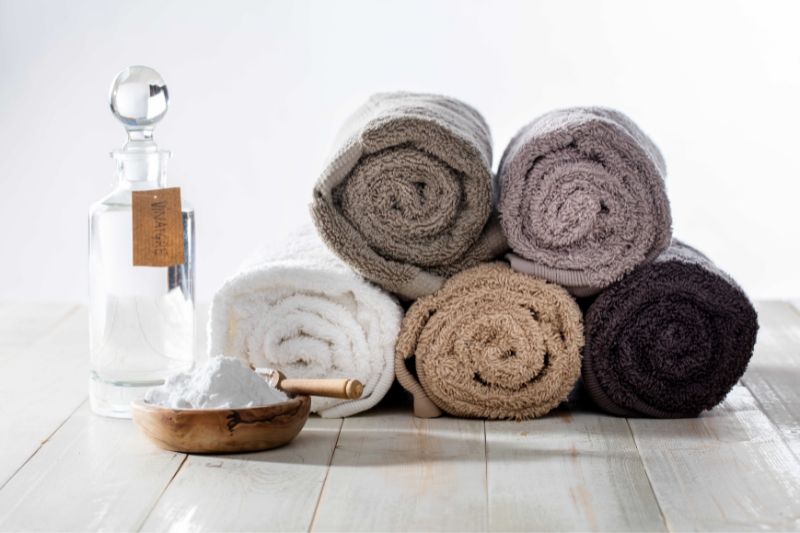
Equipment required
For 1 litre of ivy detergent:
- 1 pair of gloves
- Scissors or pruning shears
- 50 leaves of common ivy
- 1 litre of water, preferably rainwater
- 1 saucepan and lid
- 1 skimmer or a fine cloth
- 1 airtight, sealable container (glass or plastic)
You can of course increase or decrease quantities while keeping the proportions above.






























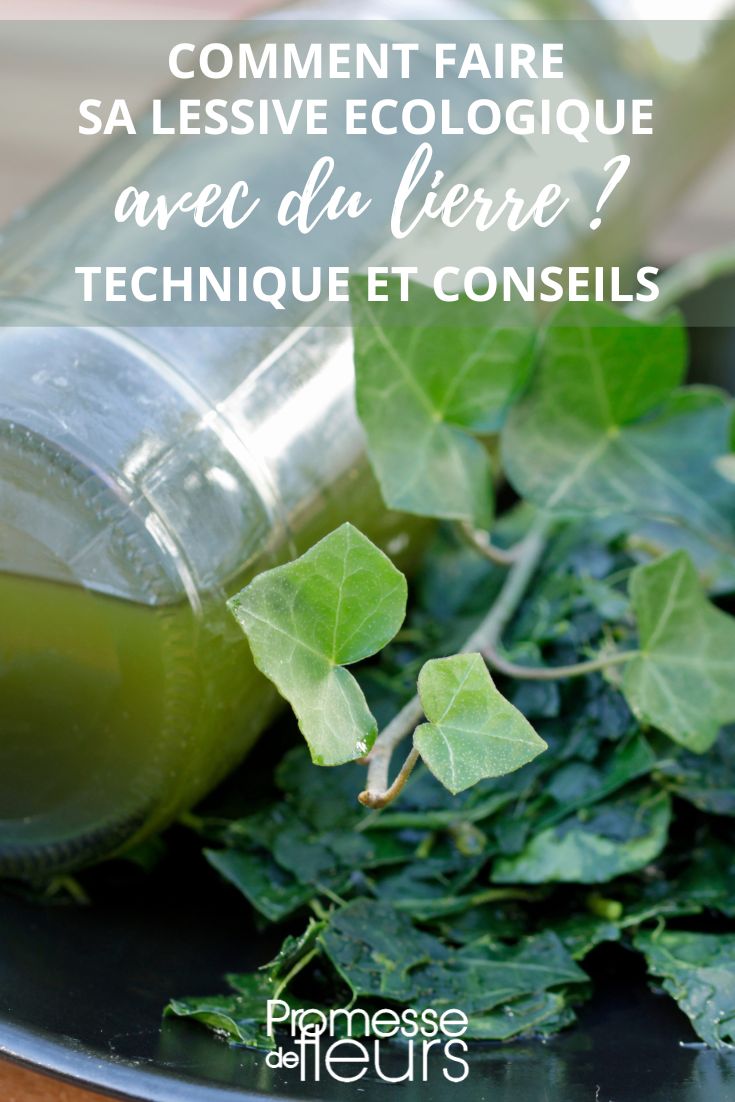
Comments